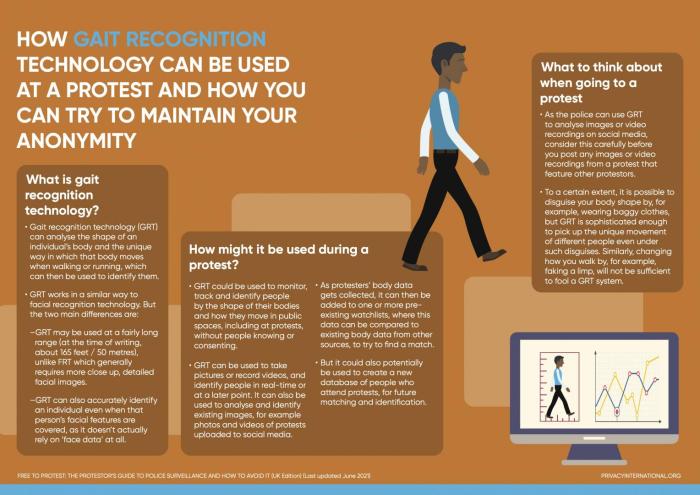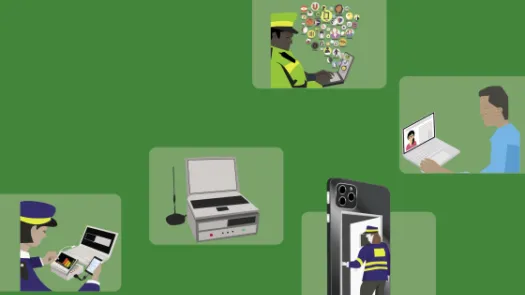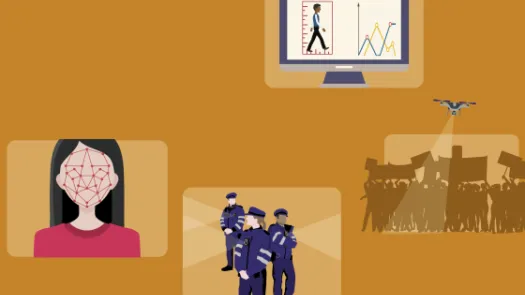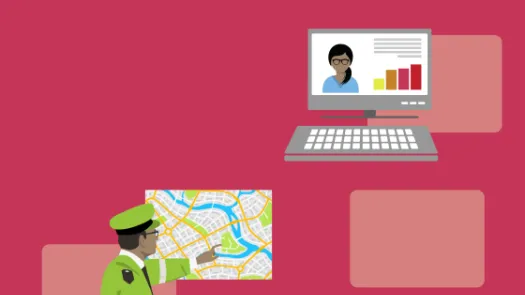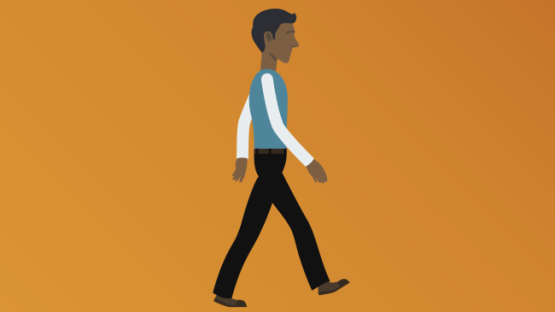
How gait recognition technology can be used at a protest
A brief guide to how gait recognition technology can be used at a protest and how you can try to maintain your anonymity (UK edition).
Explainer
Post date
5th May 2021
Key points
- Gait recognition technology (GRT) can analyse the shape of an individual’s body and the unique way in which that body moves when walking or running.
- GRT could be used to monitor, track and identify people by the shape of their bodies and how they move in protests.
- You may want to consider carefully before you post any images or video recordings from a protest that feature other protestors, as the police can use GRT to analyse them.
- There are other steps you can take too, but none are perfect solutions...

What is gait recognition technology?
- Gait recognition technology (GRT) can analyse the shape of an individual’s body and the unique way in which that body moves when walking or running, which can then be used to identify them.
- GRT works in a similar way to facial recognition technology. But the two main differences are:
- GRT may be used at a fairly long range (at the time of writing, about 165 feet / 50 metres), unlike FRT which generally requires more close up, detailed facial images.
- GRT can also accurately identify an individual even when that person’s facial features are covered, as it doesn’t actually rely on ‘face data’ at all.
How might it be used during a protest?
- GRT could be used to monitor, track and identify people by the shape of their bodies and how they move in public spaces, including at protests, without people knowing or consenting.
- GRT can be used to take pictures or record videos, and identify people in real-time or at a later point. It can also be used to analyse and identify existing images, for example photos and videos of protests uploaded to social media.
- As protesters’ body data gets collected, it can then be added to one or more pre-existing watchlists, where this data can be compared to existing body data from other sources, to try to find a match.
- But it could also potentially be used to create a new database of people who attend protests, for future matching and identification.
What to think about when going to a protest
- As the police can use GRT to analyse images or video recordings on social media, consider this carefully before you post any images or video recordings from a protest that feature other protestors.
- To a certain extent, it is possible to disguise your body shape by, for example, wearing baggy clothes, but GRT is sophisticated enough to pick up the unique movement of different people even under such disguises.
- Similarly, changing how you walk by, for example, faking a limp, will not be sufficient to fool a GRT system.
You can download this guide as a jpeg by saving the image below, or by downloading the pdf version in 'Attachments'.
Our campaign
Our fight
Learn more
Target Profile
